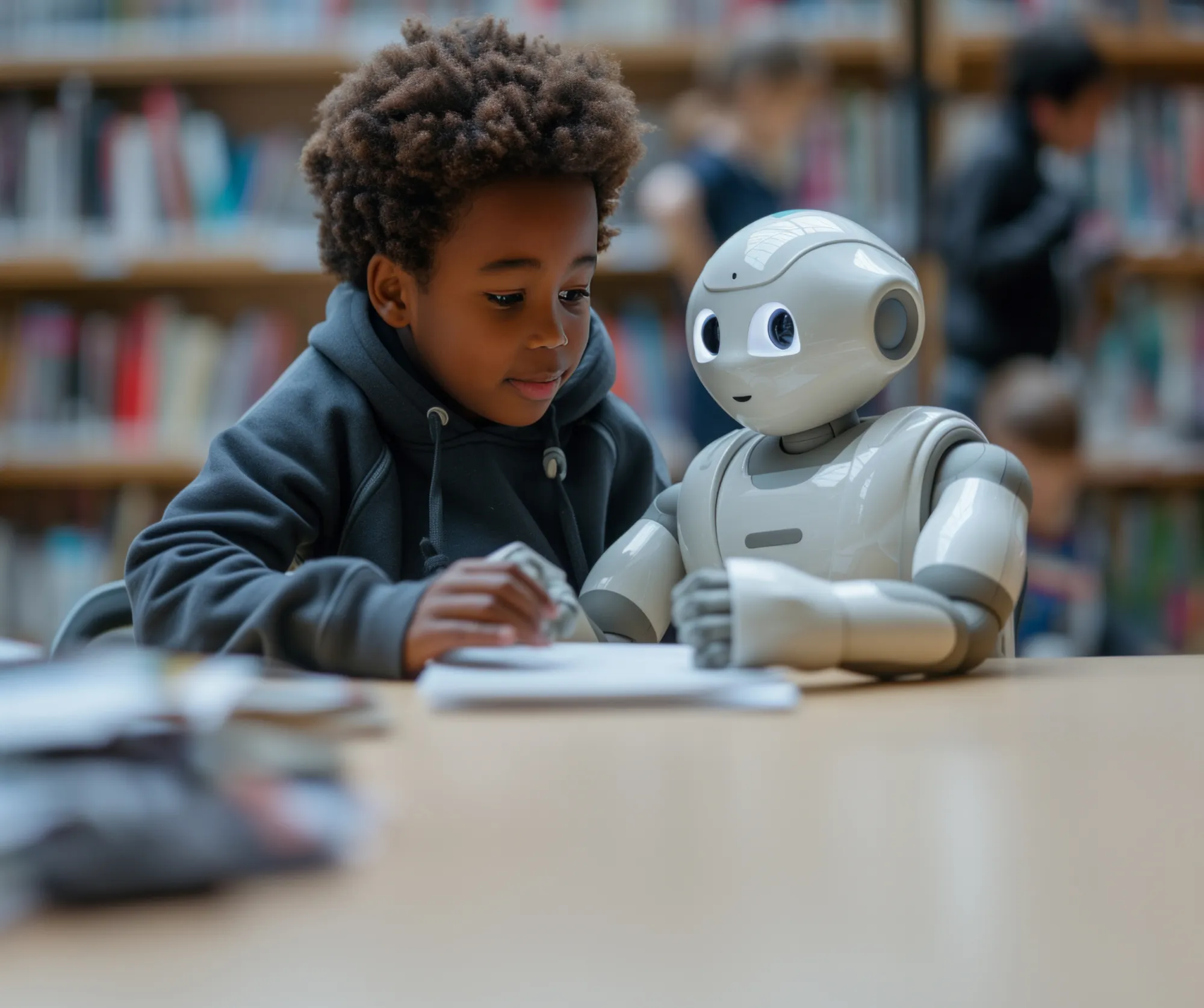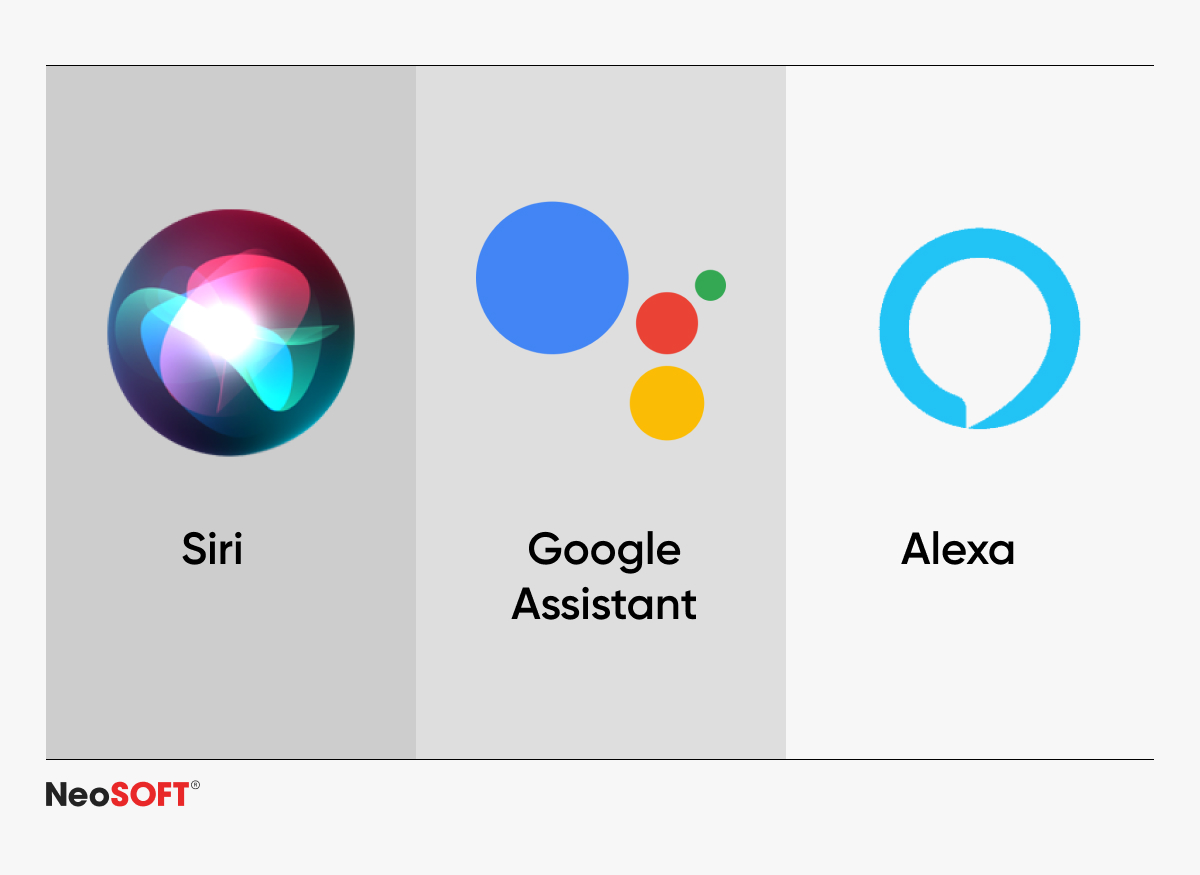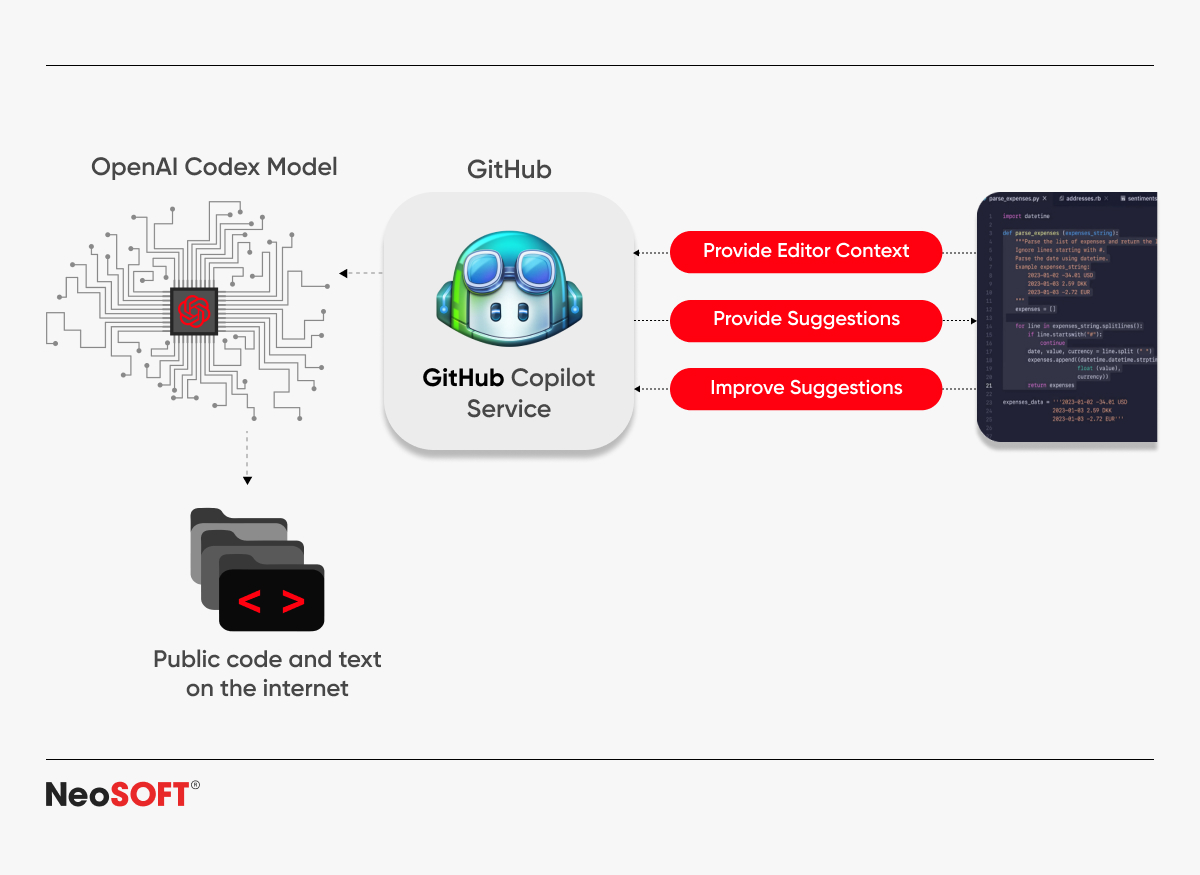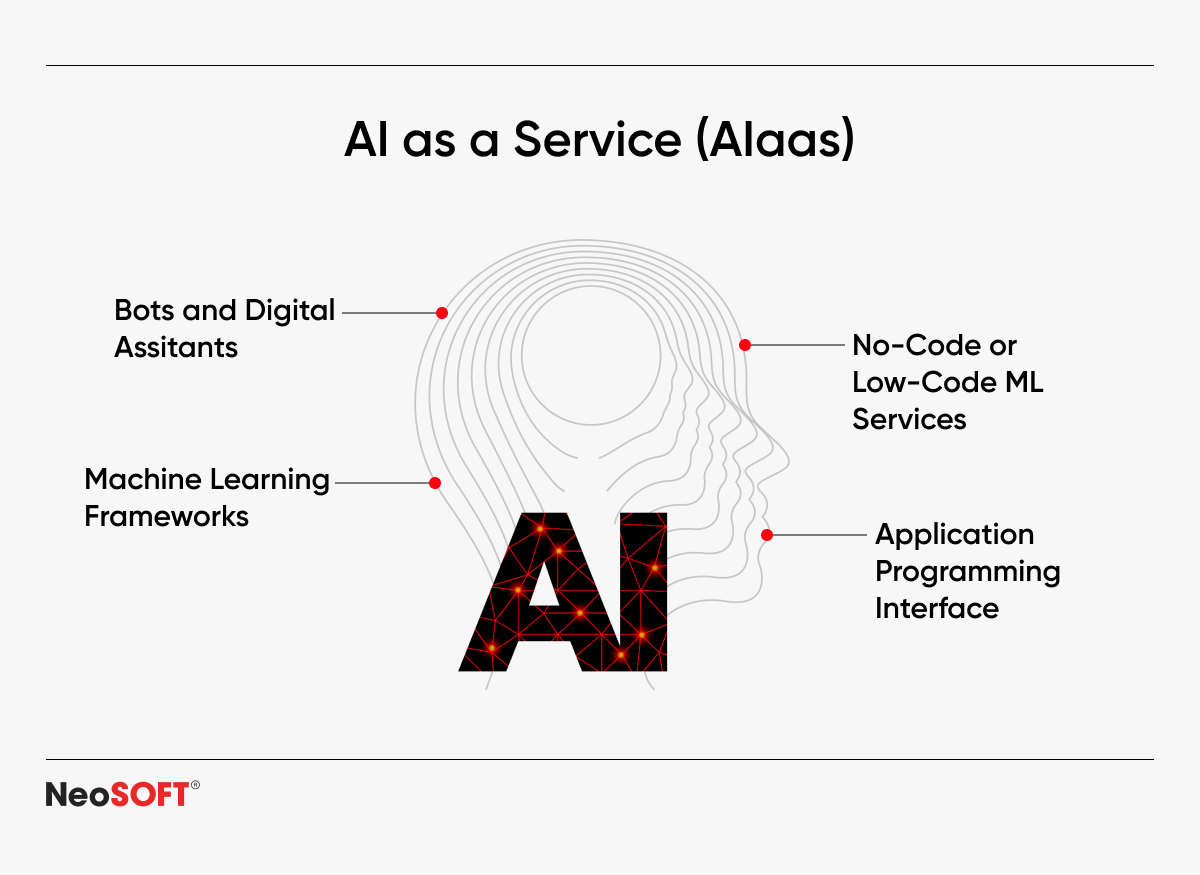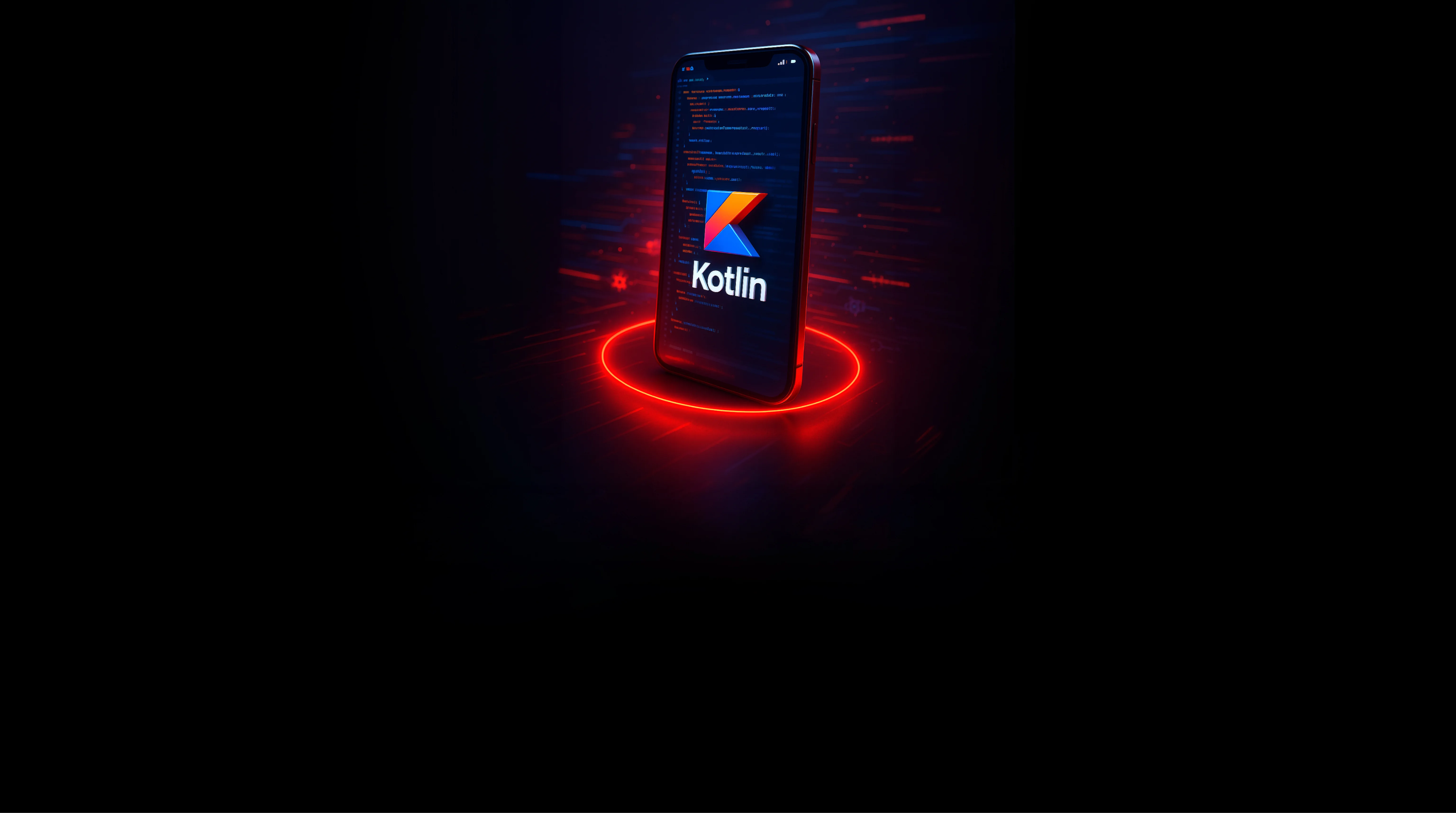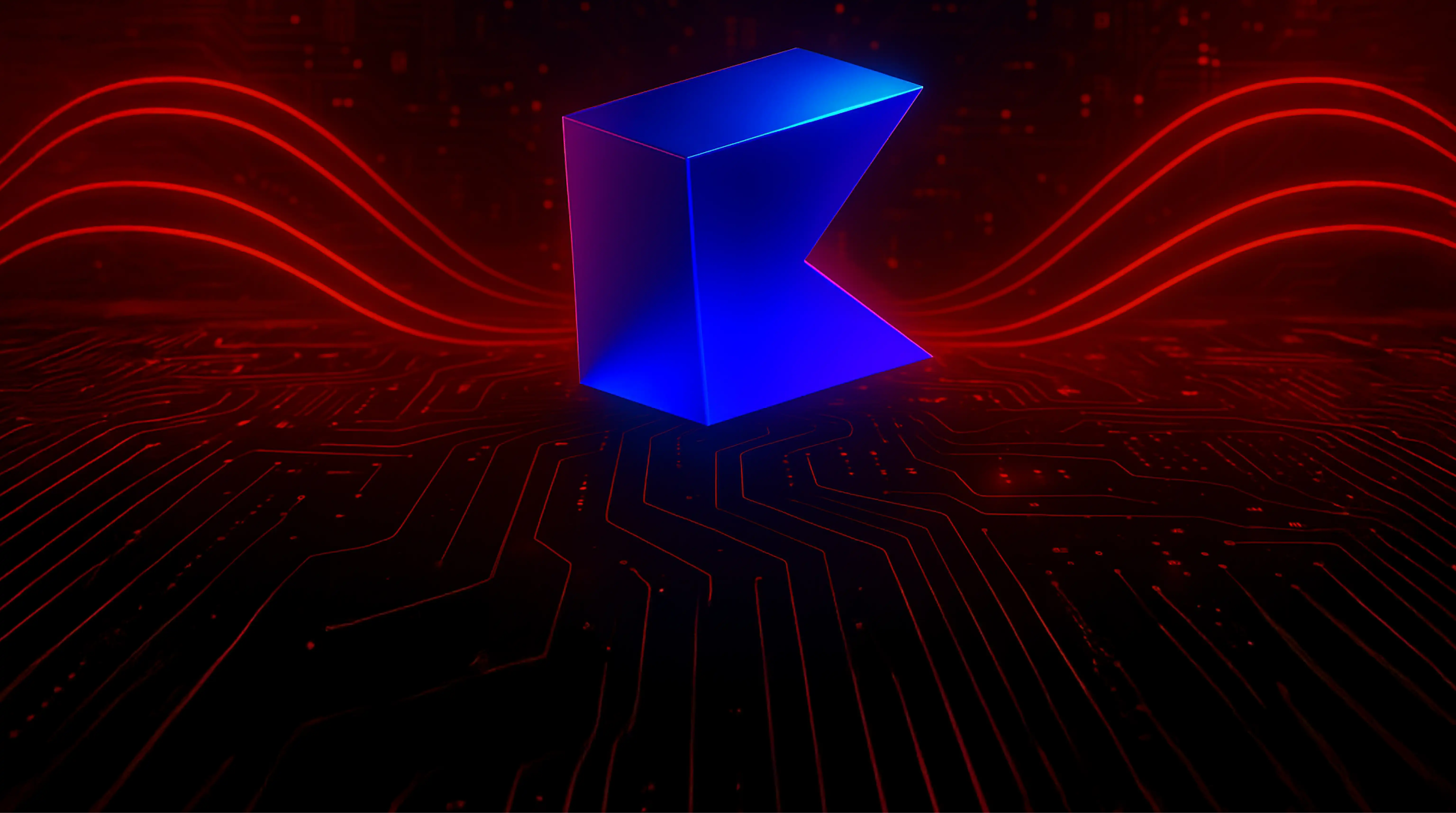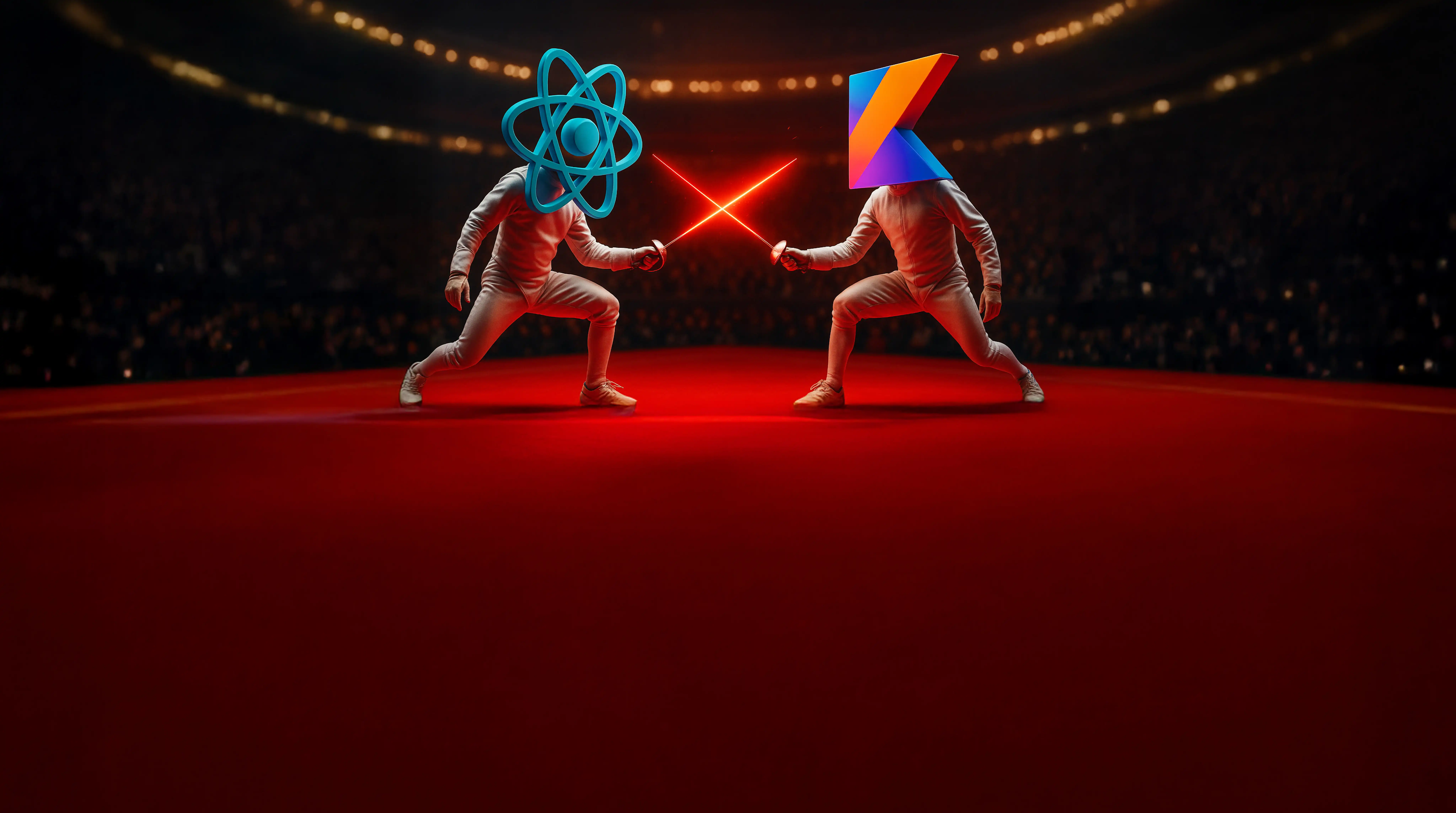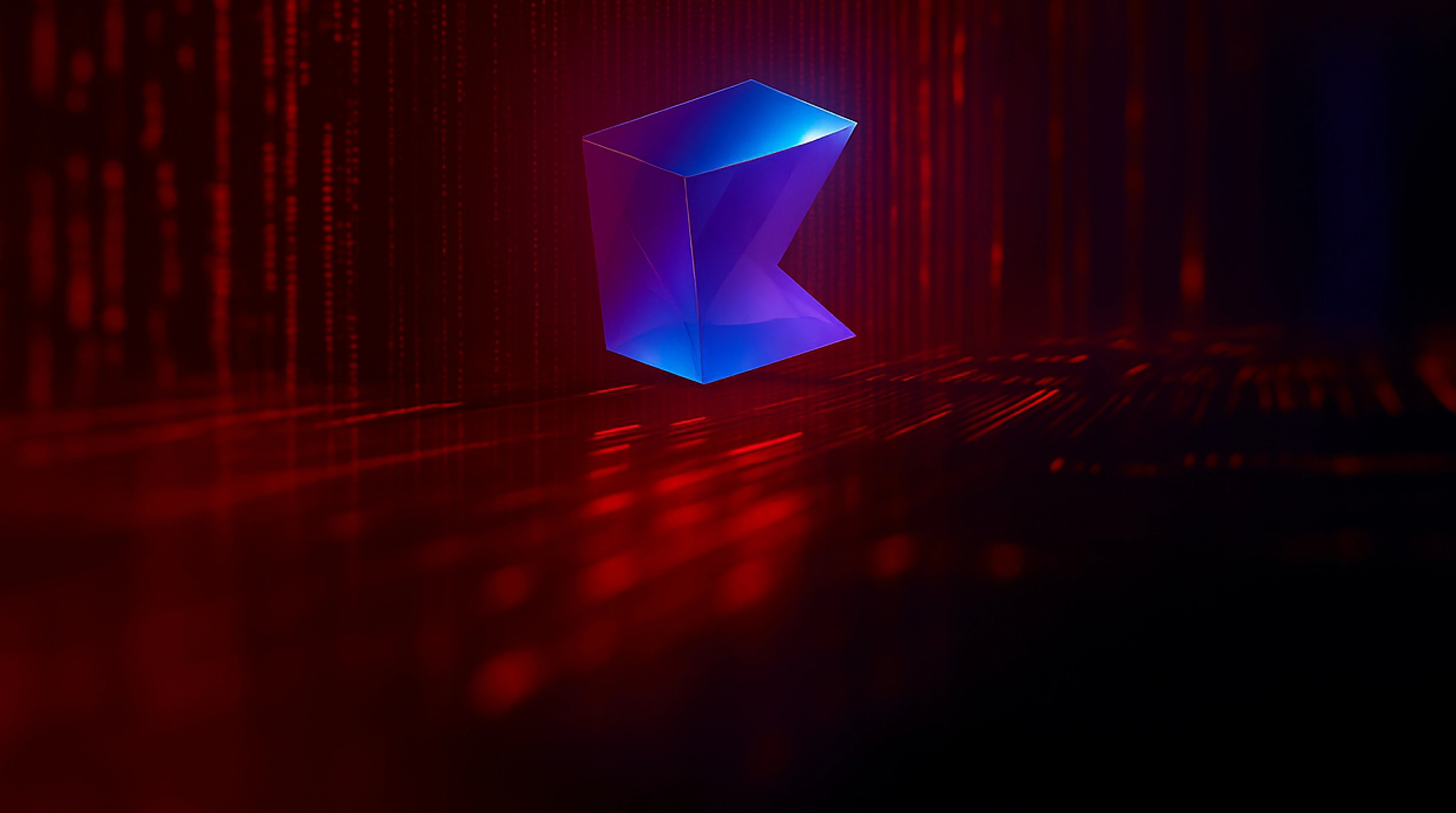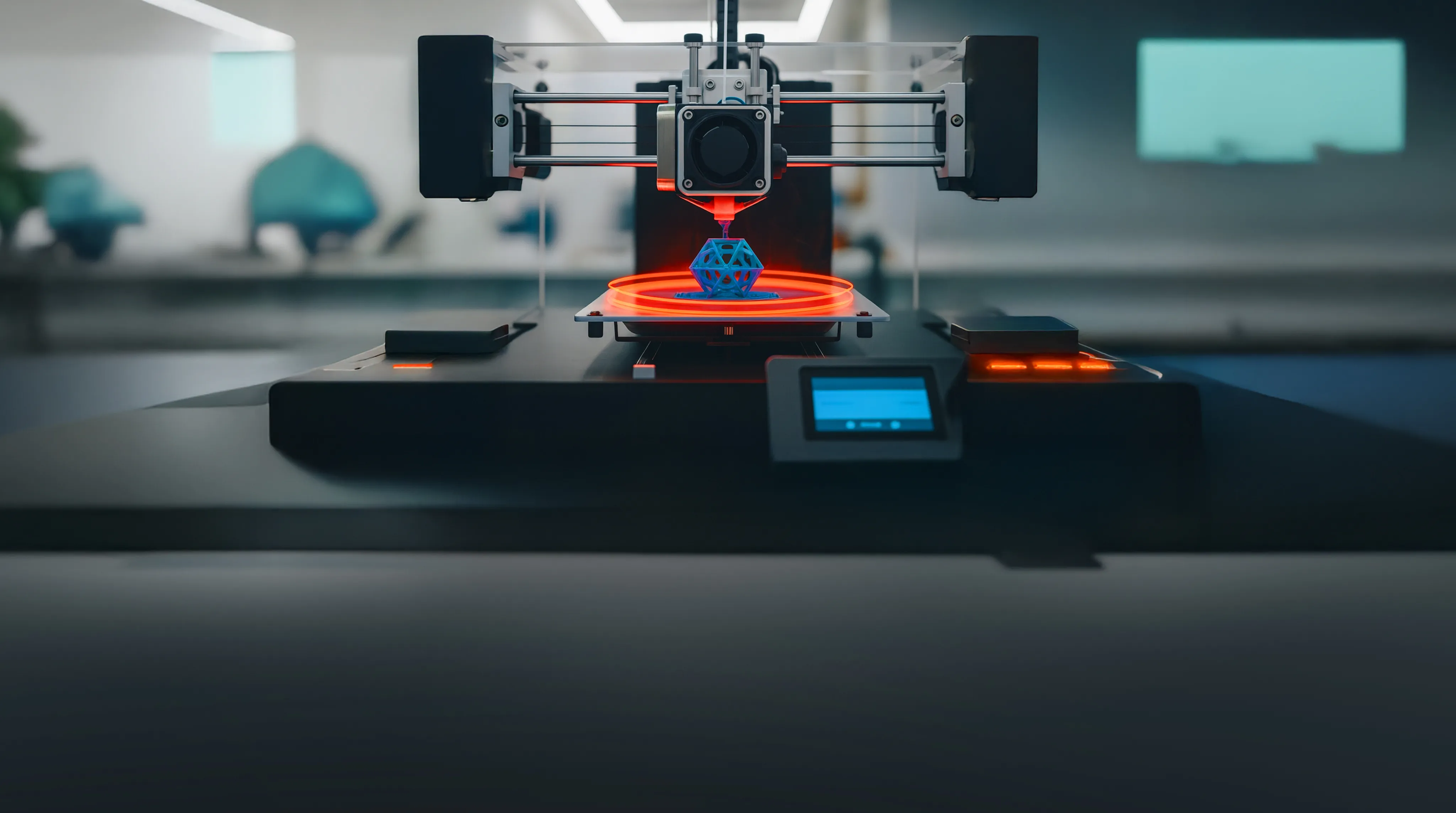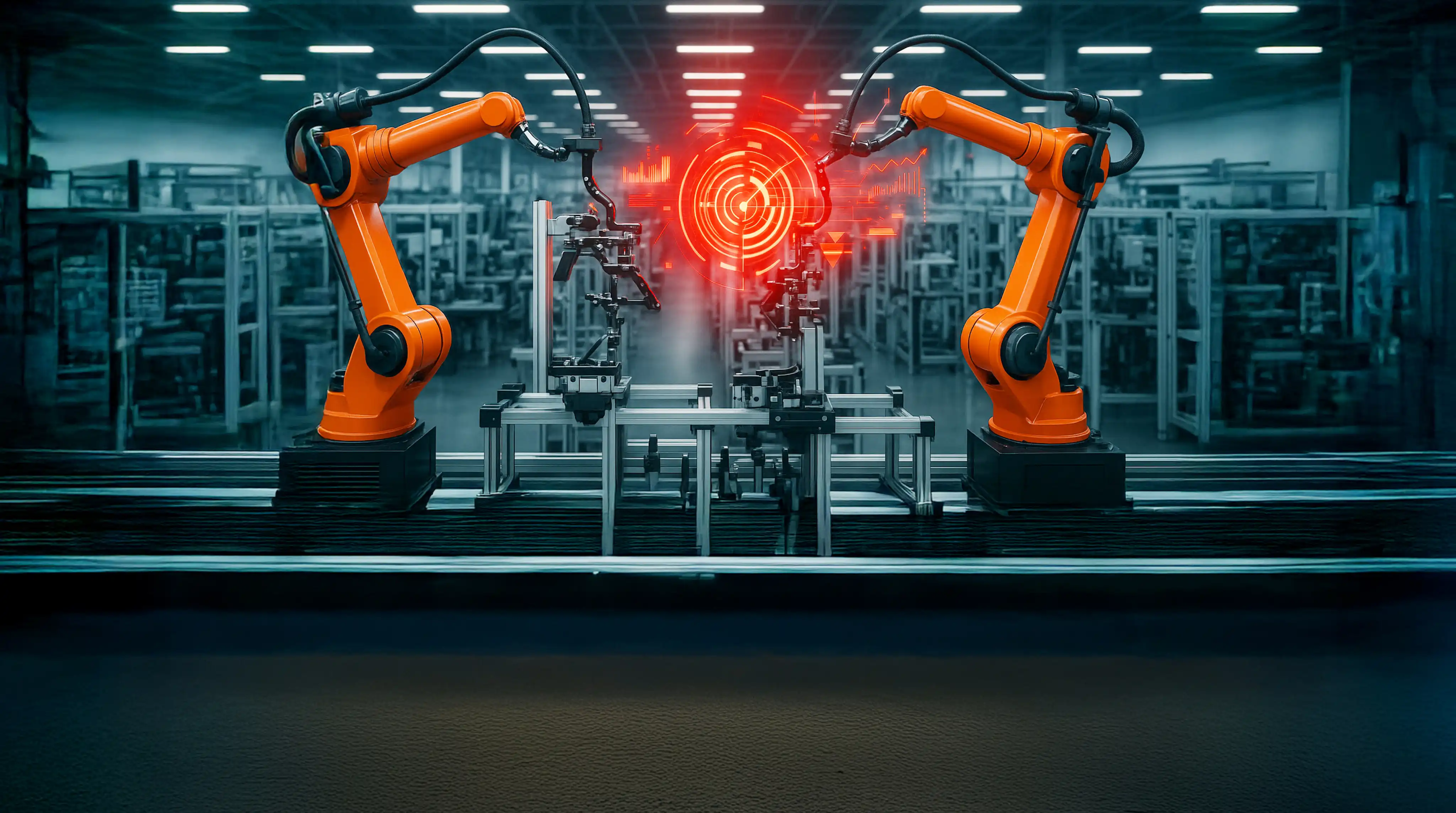The Rise of Autonomous AI Agents
July 22, 2024
Introduction
Autonomous AI agents are changing how users interact with software and do business in almost every sector of the economy. With no human operator needed, these intelligent systems are meant to function autonomously, making decisions and completing tasks. They are essential resources for companies to keep ahead of the competition in the modern day corporate environment due to their ability to increase output, lower costs, and expedite operations.
From chatbots that provide round-the-clock support to customers to more sophisticated systems that manage intricate tasks including supply chain and logistics management, AI systems are playing a bigger role in contemporary technological ecosystems.
This article will look into the profound influence, potential opportunities, and important concerns presented by intelligent agents. By investigating autonomous agents and their strengths, we will have a better understanding of autonomous agents and how they can reshape human lives and workflows, improve customer experiences, and dramatically impact digital innovation in the future.
Understanding Autonomous AI Agents
Examples of Autonomous AI agents
As we explore the world of AI-driven autonomous agents, it becomes evident that they are already disrupting traditional business practices across the board. Goal-based agents act to achieve their goals, adapt their actions accordingly, and choose among multiple possibilities to reach a goal state.
- Chatbots have altered customer assistance and consumer engagement by providing quick responses and personalized interactions through generative AI-powered communication, making them indispensable tools for businesses seeking successful customer care solutions
- Virtual assistants like Alexa, Siri, and Google Assistant demonstrate how deeply artificial intelligence has permeated many people’s daily lives. Providing ease through voice-activated commands ranging from scheduling to controlling other agents like paired smart home devices, AI-powered personal assistants have directly impacted personal productivity and efficient living.
- Robotic Process Automation (RPA) has transformed how companies work by automating repetitive processes such as data entry with AI-driven efficiency and precision, demonstrating its ability to streamline operations and save costs.
- Self-driving cars, a major advancement in transportation technology, employ artificial intelligence to traverse diverse terrains, significantly improving travel safety and transforming the global logistics and mobility industries.
- By adapting games to user inputs, developing dynamic challenges and realistic environments that respond swiftly to player choices, and raising the bar for gaming immersion, autonomous AI agents in video games improve player experiences.
Pillars of AI Technology: Core Enabling Technologies
Autonomous AI agents use a variety of core technologies to function efficiently across domains. AI agents use these innovations to interact with and respond to their dynamic environments autonomously, without human intervention, thus improving productivity and efficiency in numerous industries.
Machine Learning (ML) and Deep Learning, the foundational technologies of intelligent AI agents, can learn from enormous datasets, recognizing patterns and making predictions or judgments. These technologies drive applications ranging from customized recommendations on web platforms to self-driving cars and intelligent personal assistants, constantly enhancing their performance using iterative learning procedures.
Natural Language Processing (NLP) allows an AI system to perceive, interpret, and synthesize large language models, allowing for smooth interactions with other agents like virtual personal assistants and language translation applications. This technology enables intelligent agents to understand context, sentiment, and intent from written input, increasing user engagement and satisfaction.
Reinforcement Learning enables intelligent agents to learn ideal behaviors by experimenting with the input from their actions in a specific setting. This learning agent is essential for training autonomous agents in activities such as gameplay, robotic control, and resource management, where they learn to maximize rewards while reducing costs over time.
Model-Based Reflex Agents use internal models of the environment to make decisions, handle partially observable environments, update their internal model state based on percepts, and predict behaviors of multiple agents within the environment.
Computer Vision allows intelligent AI systems to identify and analyze visual information by observing their environment through sensors, enabling object identification and facial recognition. By processing photos and videos, agents may make real-time judgments based on visual signals, helping to advance healthcare diagnostics, surveillance and monitoring, and industrial automation.
Infrastructure Essentials
Autonomous AI agents require a strong infrastructure that can accommodate their expansive capabilities, allow them to process data rapidly, and make real-time choices in complex systems. This infrastructure must be both adaptable and scalable to meet the dynamic needs and growing complexity of AI applications across industries.
Cloud computing offers the necessary scale and processing power for autonomous learning agents to analyze big datasets and run more complex tasks. Intelligent agents can use cloud platforms to gain on-demand access to enormous quantities of storage and computing capacity, ensuring effective data handling and continual learning.
Edge computing enables intelligent agents to process data locally at the source, allowing for real-time analysis and decision-making. This lowers latency and bandwidth utilization, making it perfect for applications that require quick reactions, such as driverless cars and industrial automation.
IoT integration empowers autonomous agents to communicate with a network of connected devices, allowing for smooth data exchange and control. This connection enables the development of dynamic and responsive systems, hence improving smart home capabilities, healthcare evaluation, and industrial IoT applications.
Applications in Software Development
Coding and Debugging
Autonomous AI is making tremendous advances in coding and debugging, changing software development and maintenance. AI-powered code generators, like the ones below, help engineers by making intelligent code recommendations and automating tedious coding jobs.
- GitHub Copilot dramatically improves coding correctness and speed by utilizing machine learning models that have been trained on a sizable dataset of public code to anticipate and produce contextually relevant code snippets.
- Tabnine uses deep learning models to deliver developer-provided context-based predictive code completions.
- Codex by OpenAI, the underlying model for GitHub Copilot, demonstrates AI’s ability to generate extensive code snippets and perform numerous coding jobs across various programming languages.
- Salesforce’s transformer-based CodeT5 model helps with code completion, summarization, and translation – yet another example of how versatile AI agents can be in software development.
- DeepCode streamlines the development cycle and improves code quality by using machine learning to evaluate whole codebases, discover potential issues, and suggest improvement ideas.
Utility-based agents play a crucial role in decision-making processes by considering the expected utility of each possible action. These agents map states to a measure of utility and use utility functions to maximize the expected utility of action outcomes.
An autonomous AI agent thrives on automated testing and debugging. These intelligent agents may automatically build and execute tests to detect defects and vulnerabilities in code, resulting in greater software reliability and quality.
AI-powered bug-fixing technologies can recommend or even develop patches for identified flaws, expediting the debugging process and freeing up programmers to focus on more complicated jobs. Artificial intelligence-powered solutions improve the accuracy, inventiveness, and efficiency of the software development lifecycle.
Smart Project Management with AI
AI-powered project management software uses powerful algorithms to assess historical data, team availability, and job dependencies, allowing more accurate scheduling and resource allocation. These technologies assist teams in achieving greater productivity and efficiency in project execution by optimizing deadlines and resource allocation based on real-time insights.
Simple reflex agents operate based on predefined condition-action rules, reacting to the current percept and ignoring the history of previous percepts. They are suitable for tasks with limited complexity and fully observable environments, but reactive agents may encounter issues such as infinite loops in partially observable environments.
They automate specific tasks, mainly recurring monotonous procedures, without human intervention. This allows project managers to concentrate on strategic decision-making and promotes more efficient project workflows. This guarantees that resources are used effectively, resulting in less downtime and higher project production.
Predictive analysis in project management uses artificial intelligence to predict possible hazards and blockages before they affect project timeframes. AI models can foresee delays, resource shortages, or other challenges by assessing historical data, current project characteristics, and external factors.
This foresight enables project leaders to implement proactive steps, change plans, and limit risks, ensuring that projects remain on track and the goals are met effectively. Consequently, teams can respond quickly to new difficulties, reducing disruptions and preserving project momentum.
Automating Continuous Integration and Delivery (CI/CD)
Code integration, application deployment, and CI/CD workflow automation all depend on autonomous AI. AI-powered solutions can automatically perform tests, identify bugs, and deploy code to production settings, resulting in faster and more dependable software releases.
Simple reflex agents operating in these environments act on the basis of the current percept only, ignoring the rest of the percept history. By constantly monitoring and adjusting the CI/CD pipeline, these solutions contribute to excellent software quality and a shorter time to market for new features and upgrades.
Transforming IT Services
IT Support and Helpdesk Automation
Autonomous agents are transforming IT assistance and customer support services by automating repetitive operations and shortening response times.
Goal-based agents play a crucial role in achieving specific goals in IT support tasks. These agents achieve their goals by adapting their actions accordingly and choosing among numerous possibilities to reach the desired state. They utilize goal information to make decisions, distinguish between goal and non-goal states, and perform tasks that aim to reduce their distance from their goal.
AI-powered chatbots and digital assistants handle client concerns, giving immediate responses and troubleshooting help. These intelligent agents can address primary difficulties, walk customers through technical challenges, and escalate complex cases to human agents as needed, improving customer satisfaction and decreasing the pressure on IT support professionals.
AI-powered ticketing applications automatically classify, prioritize, and allocate support tickets, speeding up the problem-resolution process. These systems can examine past tickets and solutions to recommend solutions to recurring issues, resulting in shorter response times and increased overall effectiveness in managing IT services.
Network Management and Cybersecurity
Autonomous agents improve network administration and cybersecurity by delivering proactive and intelligent solutions.
AI-powered systems can continuously track network traffic, recognize strange trends, and identify potential security issues, such as fraud detection, in real-time. These systems can respond to threats autonomously by isolating compromised components, preventing malicious activity, notifying security teams, reducing damage and assuring quick incident resolution.
AI-powered predictive maintenance solutions review data from IT platforms to identify potential future problems and performance concerns before they arise. These techniques reduce downtime, maintain optimum performance levels, and extend the lifespan of assets, creating a more dependable and efficient software ecosystem.
Emerging Trends in Autonomous AI
As autonomous agents continue to evolve, several emerging trends are poised to shape the future technology and business landscape.
Businesses increasingly rely on artificial intelligence, with intricate algorithms assessing vast quantities of data and offering insights that positively influence business plans. An autonomous AI agent program can recognize patterns and trends, anticipate occurrences, and offer the most appropriate course of action, empowering stakeholders and executives to make better decisions.
AI-as-a-Service, or AIaaS for short, is rapidly becoming popular because it allows companies to access powerful AI tools and capabilities devoid of the risk of upfront infrastructure costs. These cloud-based systems enable autonomous agents to be deployed for businesses of all kinds by providing scalable AI solutions. This supports innovation across a wide range of industries.
AI and autonomous agents’ capabilities are predicted to rapidly develop over the next decade, thanks to advances in NLP, ML, and other basic technologies. This will result in more powerful and dynamic AI agents that are capable of performing a wider range of tasks across industries, from healthcare to finance, hence increasing productivity and creativity. These improved capabilities will also stimulate the development of new applications and approaches previously thought impossible with existing technology.
In the future, human workers and AI agents will collaborate more, forming hybrid teams in which AI tackles monotonous and data-intensive jobs while people concentrate on interpersonal, creative, and strategic activities. This collaboration will improve overall efficiency, encourage creativity, and allow employees to harness AI’s capabilities while offering their unique skills. Furthermore, this collaboration will demand new training programs and practices to integrate AI into everyday tasks seamlessly.
Conclusion
Autonomous AI agents are altering the technological environment, stimulating innovation and increasing efficiency in various sectors. Their ability to learn, adapt, and execute complicated tasks independently emphasizes their significance and potential to transform industries such as software development and IT services. Looking ahead, advancements in AI capabilities and more collaboration between humans and AI agents promise to boost productivity and stimulate innovation.
We at NeoSOFT are at the forefront of the AI revolution, providing a comprehensive range of AI-powered services and solutions suited to your specific business requirements. Contact us at [email protected] for conversations and collaborations on AI projects.







